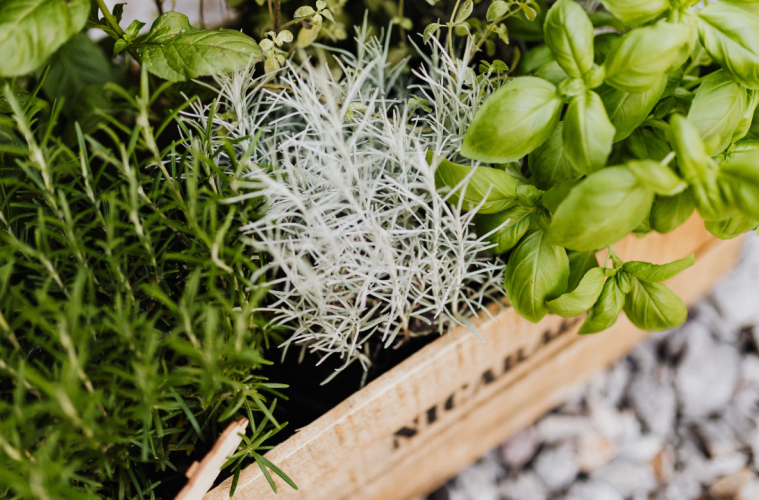Pounded into pastes, chewed, brewed, added to food and drink, and made into oils, gargles, and lotions, herbs have been used by humans since we were dodging dinosaurs. The biggest difference between herbs and many modern medicines is that herbs help the body heal itself rather than just suppressing the symptoms. Plus, many contain a combination of complex elements that have more than one beneficial effect.
Grow these herbs in your garden to boost your herbal health:
Clover
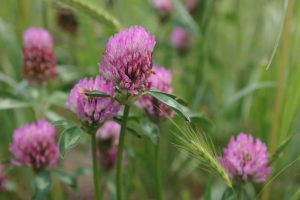
Unsplash
Red clover (which confusingly has pinkish flowers) is the variety used for medicinal purposes. Red clover is high in vitamins, proteins and minerals, which keep our kidneys functioning well. Clover flowers and leaves stimulate our lymphatic system, helping flush toxins and keeping our immune system in tip-top shape.
Growing: It likes light, well-drained soil in full sun, but doesn’t mind some afternoon shade. Sow seeds in situ and they will quickly germinate and grow up to 30-90 cm high.
Dandelion
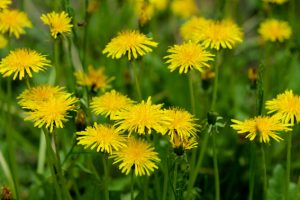
Unsplash
Dandelion leaves contain potassium, vitamin A, protein, calcium, iron and nearly all vitamins and minerals. It has been used for centuries as a detoxifier and cleanser. Its high potassium content makes it an excellent diuretic because it replaces the potassium lost during urination.
Growing: They are also beneficial in the garden, accumulating and adding nutrients to the soil. With long taproots, they draw out nutrients and minerals (particularly calcium) from lower levels. They can become a weed so keep an eye on them and pull them out before they go to seed.
Ginger
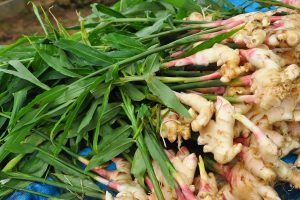
Pexels
Ginger cleanses the body by stimulating digestion, helping to flush out our system. It also increases circulation and makes the body sweat.
Growing: Although ginger is a tropical plant, it’s easily grown in home gardens. It prefers filtered sun and rich, well-drained soil. Plant a fresh piece of ginger at an angle with one end just below the surface and the other end about 5 cm deep. Keep it moist until the shoots appear. This can take up to three weeks, so be patient. Leave it for its first season to build up its roots and start harvesting in the autumn of its second year.
Nettle
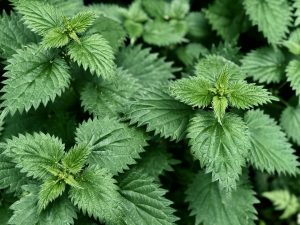
Unsplash
Nettle leaves are rich in vitamins and minerals, making it a good general tonic. It is a gentle diuretic and liver cleanser, ridding the body of toxins. It also stimulates the lymphatic system.
Growing: Nettles grow easily in any soil and prefer semi-shade. They spread easily and can become invasive if not cut back regularly or grown in a pot. In late autumn, cut them back and mulch lightly.
Milk Thistle
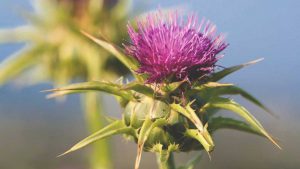
Unsplash
Milk thistle is a powerful antioxidant and toxin cleanser that has been used for thousands of years to treat the gall bladder, kidneys and, in particular, liver congestion.
Growing: It is an unusual and surprisingly beautiful herb with green and white mottled leaves and purple flowers. It is not fussy about its soil and will grow in light shade to full sun.
A version of this article was originally published in the Garden&Home January 2023 printed magazine.
Feature image: Pexels

